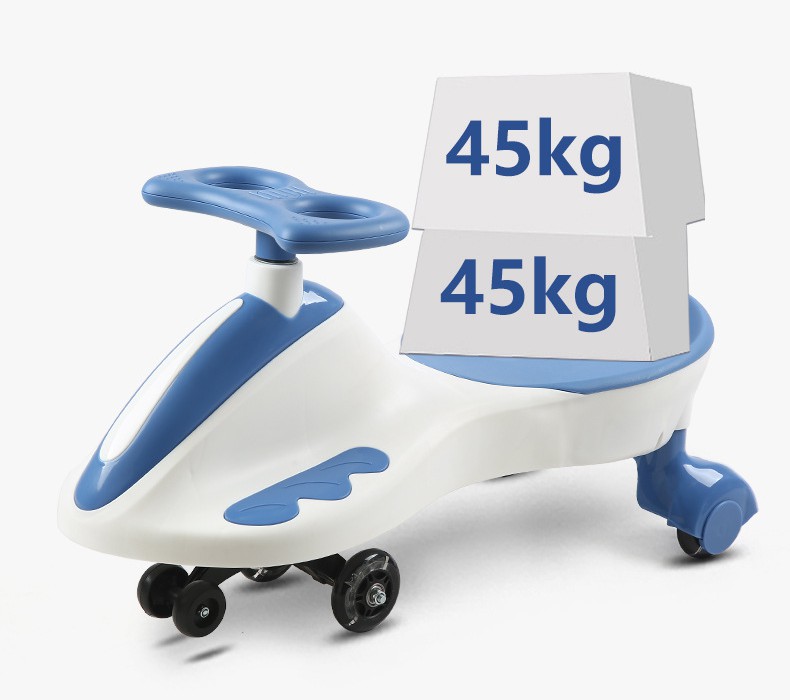Aug . 18, 2024 07:31 Back to list
Best Bicycles for Children to Enjoy Riding Outdoors
Choosing the Perfect Real Bike for Kids A Comprehensive Guide
Finding the perfect bike for your child can be an exciting yet daunting task. A real bike for kids not only encourages outdoor play and physical activity but also helps in developing essential skills such as balance, coordination, and confidence. With various options available, knowing what to look for can streamline the selection process. This guide aims to highlight key factors to consider when shopping for a child’s bike.
1. Age and Size
When choosing a bike, it’s crucial to take your child’s age and size into account. Most bike manufacturers provide size charts based on typical age ranges, but it’s essential to measure your child’s inseam (the distance from the ground to their crotch) and height for a more accurate fit. A bike that’s too big or too small can hamper their riding experience and pose safety risks. As a general rule, children should be able to stand over the bike comfortably, with both feet flat on the ground when they’re stationary.
2. Frame Material
The frame material influences the bike’s weight, durability, and ride quality. Common options include steel and aluminum. Steel bikes tend to be heavier but are often more robust, making them suitable for rough use. Aluminum bikes, on the other hand, are generally lighter and easier for kids to handle, which can be beneficial for younger riders or those just starting. Choosing the right material involves balancing weight and durability based on how and where your child will ride.
Consider the type of gearing and braking system when selecting a bike. For younger kids, single-speed bikes are often best, as they are simpler and require less maintenance. As children grow and their riding abilities improve, you might consider bikes with multiple gears to tackle various terrains. Likewise, the brake system is vital; hand brakes are suitable for older kids, while coaster brakes (the type that engages by pedaling backward) can be easier for younger children to master.
real bike for kids

4. Design and Features
Kids are often drawn to vibrant colors and fun designs, so don’t underestimate the importance of aesthetics. Many manufacturers offer bikes with themes, customizable accessories, and cool features like adjustable seats, training wheels, or built-in lights. Involving your child in the selection process can help ensure they feel excited about their new bike, fostering a stronger connection to cycling.
5. Safety Gear
Alongside choosing the right bike, investing in quality safety gear is essential. Helmets are a must, and they should fit snugly but comfortably. Other protective gear, such as knee and elbow pads, can help prevent injuries during falls. Teaching your child about cycling safety, following traffic rules, and using designated bike paths can further enhance their safety and confidence while riding.
6. Test Ride
If possible, take your child to a local bike shop for a test ride. This experience can provide valuable insights into how the bike feels, handles, and fits. It also gives your child a chance to practice mounting and dismounting, which can be daunting for beginners. A proper fit and comfort level will significantly influence your child’s enjoyment and willingness to use their bike regularly.
Conclusion
Choosing a real bike for kids is a significant investment in their physical health and happiness. By considering age, size, frame material, gearing, design, and safety gear, you can find a bike that suits their needs and fosters a love for cycling. The right bike will provide countless hours of fun and adventure, paving the way for cherished childhood memories and a lifelong passion for outdoor activities. So gear up, and let the biking adventures begin!
-
Aluminum Alloy Kids Bike-Hebei Gorgeous Bike|Safety,Durability
NewsAug.17,2025
-
Aluminum Alloy Balance Bike for Kids-Hebei Gorgeous Bike Co., Ltd.|Durable, Safe, Affordable
NewsAug.17,2025
-
Aluminum Alloy Outdoor Running Kids Bike - Hebei Gorgeous Bike Co., Ltd.|Lightweight,Durable,Two-Seater
NewsAug.17,2025
-
Aluminum Alloy Balance Bike for Kids-Hebei Gorgeous Bike|Lightweight,Durable
NewsAug.17,2025
-
Durable Wooden Tricycle for Kids - Classic & Safe Fun
NewsAug.17,2025
-
Aluminum Alloy Kids Balance Bike - Hebei Gorgeous Bike Co., Ltd.|Durable, Safe, Lightweight
NewsAug.16,2025
